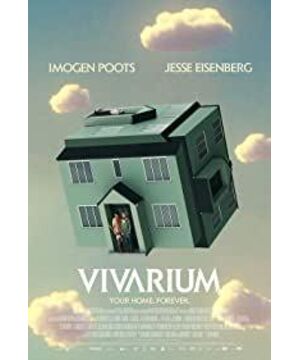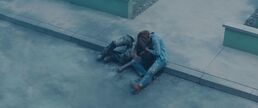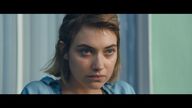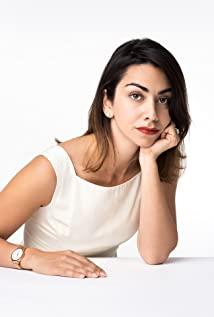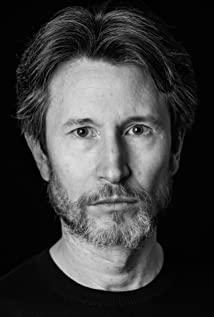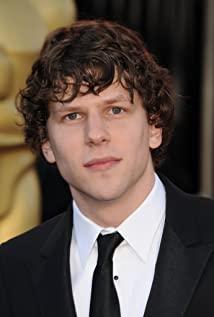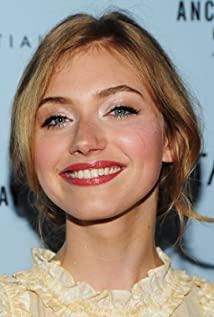After reading many film reviews from netizens, various god comments, god mapping, some are related to humanities and some are related to society, I decided to write this after a long time of consideration. In fact, the film is not that complicated, it is just a metaphor used through the lens to straightforwardly narrate a story that makes people think about it.
First of all, the title of this film is called Eco Box. What is Eco Box? In terms of human culture, Eco Box is a closed ecological environment made by man and provides equipment for research and observation. The beginning of the film is a close-up of the growth process of the cuckoo bird. Netizens who know a little bit of biology will know that the cuckoo bird itself does not raise the young bird, but lays its eggs in other nests. The cuckoo bird’s young bird breaks the egg. The first thing that comes out is to squeeze other young birds and the eggs that have not hatched out of the nest, and the occupied bird will still feed the cuckoo bird wholeheartedly until the cuckoo bird’s body shape is larger than the adult bird. Will still feed. It may even starve to death due to insufficient food for the cuckoo birds due to too much food. (Science is over, the movie will continue below).
The second scene worth noting is that when the little girl looked at the bodies of two young birds, the hostess said: "This is the law of nature, but sometimes it looks scary." In other words, it's just a very common link in this natural ecology. And the third notable movie scene is the male and female protagonist appearing together in the picture to hold a funeral for the two birds, which reflects that the male and female protagonists are victims of this natural ecology, but this time human beings are no longer at the top of the ecological chain. . The hero and heroine will be buried absently by higher creatures just like these two birds.
The third scene that is worth noting is that the hero and heroine come out of the house and want to drive away from the community (eco box). In the film, the vertical bird's-eye tracking or God's perspective is used. (Imagine when you are observing the ant house, when you stare at an ant, do you unconsciously use this perspective to observe). It shows that they are already observed creatures in the ecological box. At the same time, the tiled picture and the road bounded by curb lines are like ants, which also metaphors that they are being observed by higher-dimensional creatures. Later in the film, there were also many lens metaphors that this ecological box was in a higher-dimensional space.
Then there is the flat narrative. The male and female masters instinctively raise the children, and the children grow up very quickly. When the child grows up, he abandons his adoptive parents and prevents him from entering the house, which echoes the growth of the cuckoo bird at the beginning of the film.
Therefore, based on the above points, the narrative of the story should be that there is a kind of human high-dimensional creatures. Their ecological way is similar to that of cuckoo birds. They do not raise cubs by themselves, but let humans raise them through soft persecution. (Later, the close-up shots of the pages in the book that the boy brought back also have such a metaphor). And this is not the only ecological box built by this humanoid. This is the only three-dimensional display in a high-dimensional form. (Later in the film, the heroine chased this creature into the high-dimensional space, seeing other couples is a metaphor that actually uses a lot of such ecological boxes) and the shock brought by the film is only to show the cruelty of the ecology in the way of the authorities. On the other hand, humans are no longer at the top of the ecological chain this time. It's just one link of the ecological chain. At the end of the movie, it tells the audience that humans are not the protagonist and the ecological cycle continues. The reproduction of one species will inevitably compress the rights of other species to survive.
View more about Vivarium reviews


